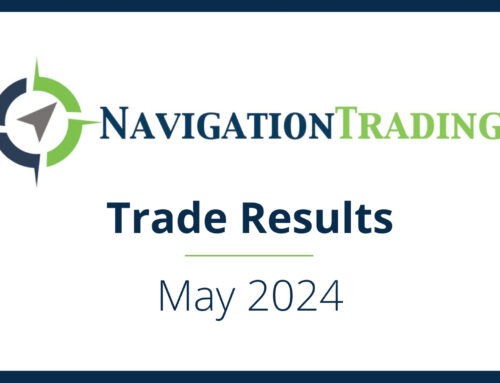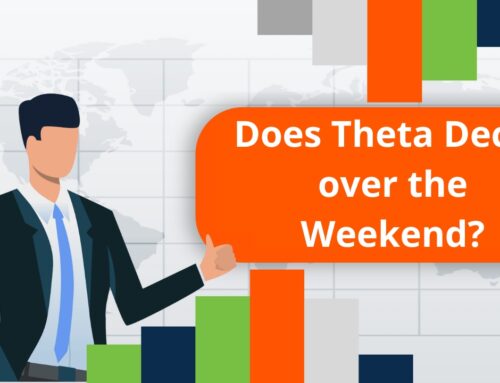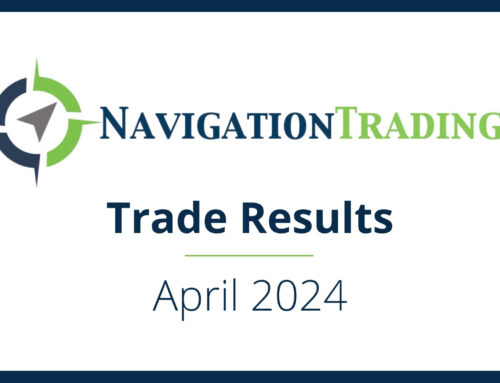Understanding Inverted Strikes in Options Trading
Introduction
Welcome to our latest discussion on options trading strategies. Today, we’re diving into a question from our community about 0-DTE (days to expiration) iron condors, specifically focusing on inverted strikes. In the current low volatility environment, understanding this concept is crucial for effective option trading.
What Are Inverted Strikes?
Inverted strikes occur when the short strikes of an iron condor are placed in-the-money (ITM) for both the call and put sides. This situation can arise, particularly in low volatility environments, when traders aim to collect a specific premium.
Example of 0-DTE Iron Condor in Low Volatility
To illustrate, let’s turn the clock back to mid-December 2023, a period characterized by very low volatility. On the morning of December 12th, we targeted a $4 premium on both the put and call sides of a 0-DTE iron condor.
Morning Setup:
- Premium Target: $4 on each short side
- Iron Condor Structure: 30 wide strikes
- Credit Collected: $7.45
Afternoon Setup:
- Premium Target: $4 on each short side
- Iron Condor Structure: Inverted strikes
- Credit Collected: $7.10
By 2 p.m. Central Time, targeting the same $4 premium resulted in inverted strikes. Let’s take a look at the different risk profiles for each setup below.
Morning Iron Condor:
- Structure: 30 wide strikes
- Max Profit: $745
- Max Loss: $9,000 on one side, $6,000 on the other
- Breakeven Range: Wider, providing more leeway for SPX movement
Afternoon Iron Condor with Inverted Strikes:
- Structure: Inverted strikes
- Max Profit: $210
- Max Loss: Lower but with reduced profit potential
- Breakeven Range: Narrower, limiting flexibility and potential gains
Why Inverted Strikes Are Less Favorable
Inverted strikes result in less favorable risk profiles because both short strikes are ITM, limiting the potential for the options to decay to zero by expiration. This setup significantly reduces the maximum profit while still exposing the trader to substantial risk.
Conclusion
Understanding the implications of inverted strikes in 0-DTE iron condor strategies is essential, especially in low volatility environments. For better profitability and risk management, it’s advantageous to maintain wider strike prices or be more selective in the trades you take! If you have more questions or need further clarification, feel free to reach out to our community!





Follow